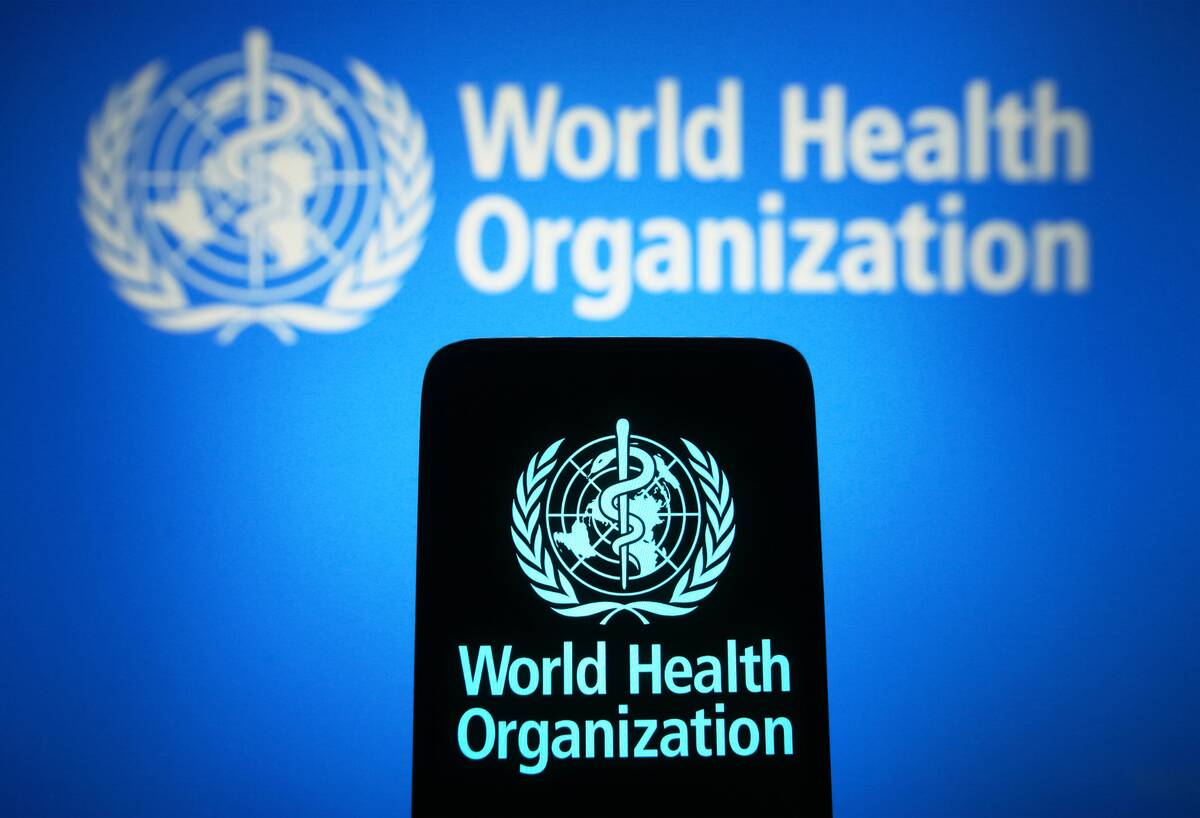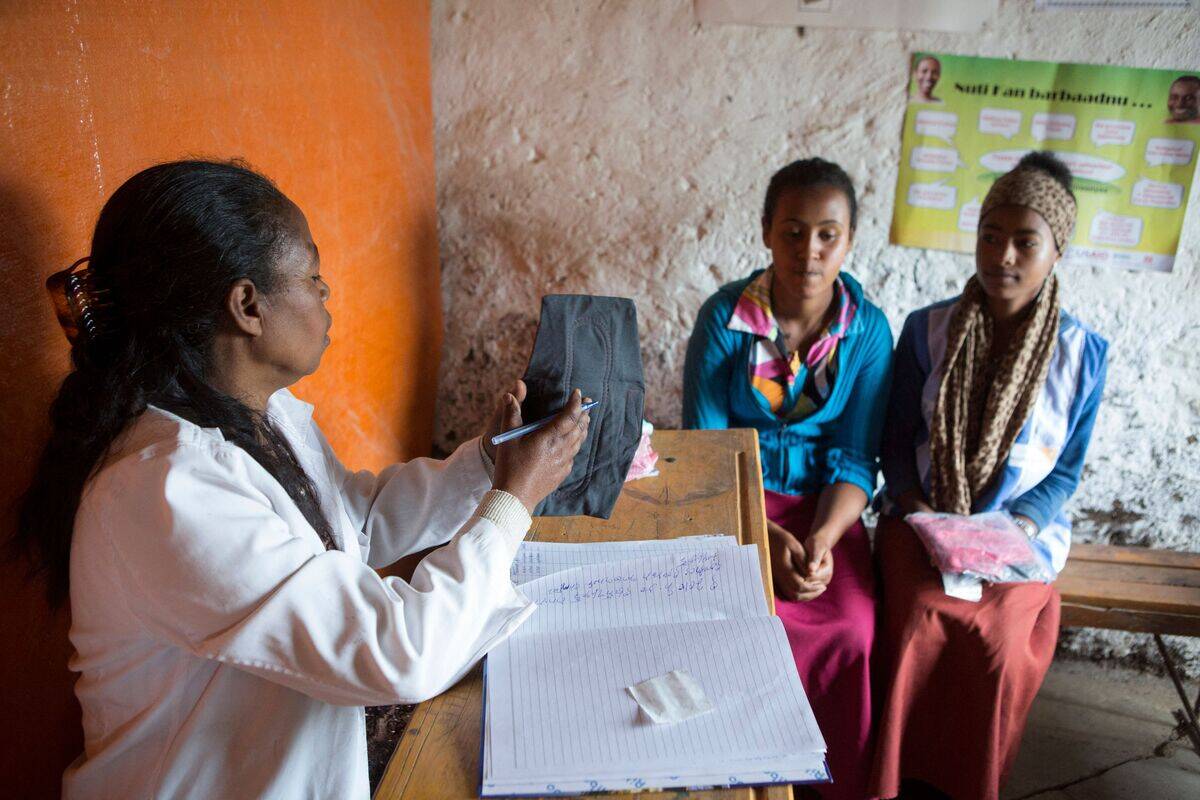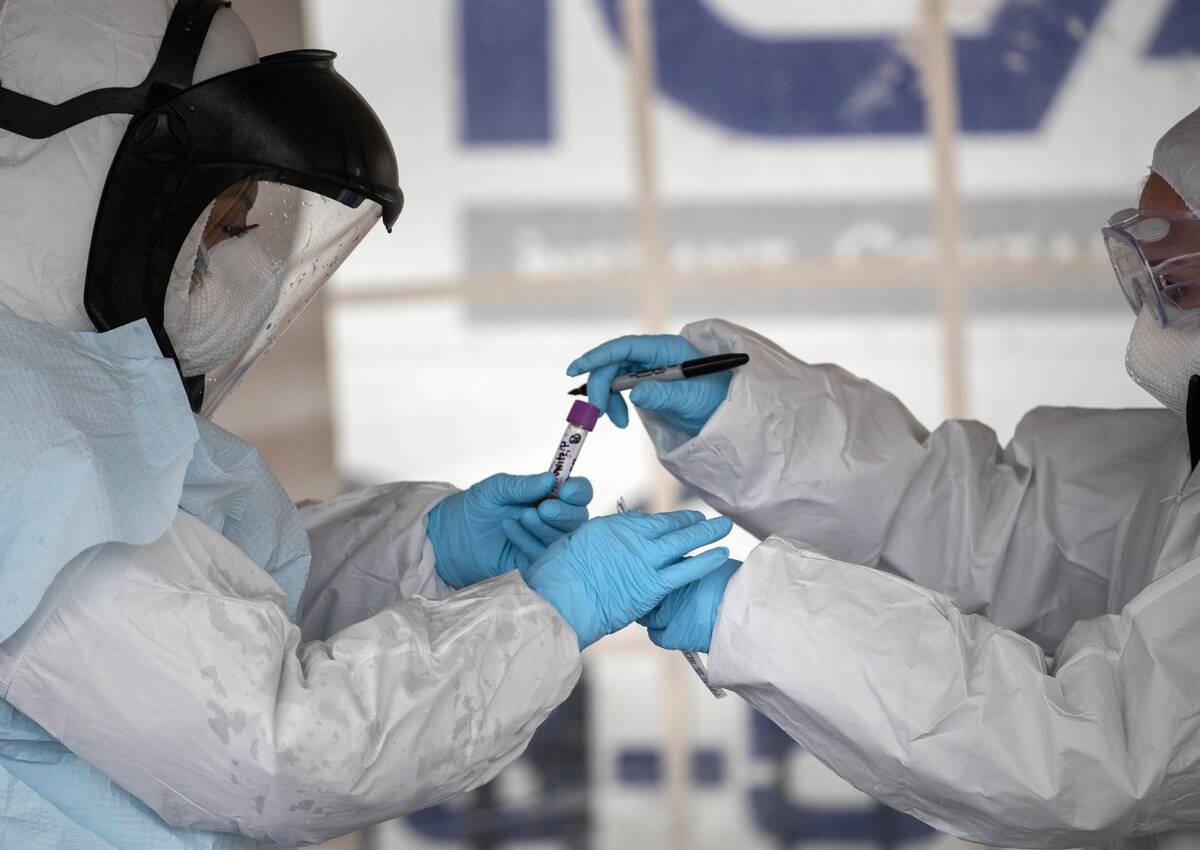How sanitation and public health saved lives
Sanitation and public health are integral to the well-being of societies across the globe. The link between sanitation practices and health outcomes has been well-documented, revealing a direct correlation with reduced disease transmission and increased life expectancy. As cities grow and populations expand, the importance of maintaining effective sanitation systems becomes increasingly critical for safeguarding public health.
A Brief History of Sanitation Practices

From ancient Roman aqueducts to modern sewer systems, sanitation practices have evolved significantly over time. The Romans were pioneers in using aqueducts to supply clean water, a practice that laid the foundation for modern plumbing. In the Middle Ages, however, sanitation regressed, leading to widespread disease. It wasn’t until the 19th century that sanitation saw significant improvements with the advent of modern sewer systems.
The Evolution of Public Health Initiatives

Public health initiatives have undergone tremendous change, particularly in response to health crises. The establishment of the World Health Organization in 1948 marked a significant step in global health governance. Over the years, public health campaigns have targeted everything from polio eradication to smoking cessation, showcasing the adaptability and necessity of these initiatives in improving global health outcomes.
Early Epidemics and the Wake-Up Call for Sanitation

Throughout history, epidemics like the Black Death and cholera outbreaks served as stark reminders of the importance of sanitation. The 19th-century London cholera outbreak led to the pioneering work of John Snow, who identified contaminated water as the source of the disease. His work laid the groundwork for modern epidemiology and highlighted the critical role sanitation plays in disease prevention.
The Role of Clean Water in Disease Prevention

Access to clean water is a fundamental component of disease prevention. Contaminated water is a leading cause of diseases like diarrhea, cholera, and dysentery. The implementation of water treatment facilities and filtration systems has drastically reduced waterborne illnesses. Today, organizations continue to work towards achieving universal access to clean water, recognizing its role in improving health outcomes.
Sewage Systems: An Unsung Hero in Public Health

Modern sewage systems are often overlooked, yet they play a crucial role in public health. By safely transporting waste away from populated areas, these systems prevent the spread of infectious diseases. Innovations in sewage treatment have further enhanced their efficacy, turning waste into reusable resources and minimizing environmental impact.
The Lifesaving Power of Vaccination Campaigns

Vaccination campaigns have been instrumental in controlling and eradicating diseases. Smallpox, once a deadly global threat, was declared eradicated in 1980 thanks to a successful global vaccination effort. Today, vaccines continue to protect millions from diseases like measles, polio, and influenza, underscoring the importance of widespread immunization programs in public health strategies.
How Sanitation Improved Life Expectancy

Improved sanitation has been a key factor in increasing life expectancy worldwide. By reducing exposure to disease-causing pathogens, better sanitation practices have led to lower mortality rates. Studies have shown that countries with advanced sanitation infrastructure tend to have higher life expectancies, illustrating the profound impact of hygiene and sanitation on human longevity.
The Fight Against Infectious Diseases

Infectious diseases remain a significant challenge, but advancements in sanitation and public health have made remarkable strides in combating them. Initiatives like the Global Fund to Fight AIDS, Tuberculosis, and Malaria have contributed to a decline in these diseases. Continuous efforts in sanitation and health education are vital in sustaining this progress and preventing future outbreaks.
Public Health Education: Knowledge as a Tool for Survival

Education plays a pivotal role in public health, empowering individuals with the knowledge to make informed health decisions. Campaigns promoting handwashing, safe food practices, and vaccination have been effective in reducing disease spread. Public health education remains an essential tool in combating misinformation and fostering a culture of health awareness and prevention.
The Importance of Hygiene in Everyday Life

Hygiene is a cornerstone of health, significantly reducing the risk of disease transmission. Simple practices like regular handwashing and proper food handling can prevent a host of infections. The COVID-19 pandemic highlighted the critical nature of hygiene, reinforcing its role in safeguarding personal and public health in everyday life.
Sanitation in Urban vs. Rural Settings

The disparity in sanitation infrastructure between urban and rural areas is a pressing issue. Urban areas often benefit from advanced sanitation systems, while rural regions may lack basic facilities. Bridging this gap requires targeted investments and community-led initiatives to ensure equitable access to sanitation services, which is crucial for overall health improvement in underserved areas.
The Influence of Sanitation on Child Mortality Rates

Sanitation has a profound impact on child mortality rates. Improved sanitation reduces the prevalence of diseases like diarrhea, which is a leading cause of death in children under five. UNICEF and WHO have highlighted the importance of sanitation in child health, advocating for policies that provide children with access to clean water and proper sanitation facilities to enhance their survival and development.
Technological Advancements in Sanitation

Technology has revolutionized sanitation, introducing innovations like smart toilets and advanced water purification systems. These advancements not only improve efficiency but also reduce environmental impact. Innovations such as sensor-based waste management systems and eco-friendly sanitation solutions are paving the way for sustainable sanitation practices worldwide.
Community-Led Sanitation Projects: A Grassroots Approach

Grassroots initiatives have shown significant promise in improving sanitation. Community-led projects empower locals to take charge of their sanitation needs, fostering a sense of ownership and responsibility. These projects often incorporate traditional knowledge with modern techniques, resulting in sustainable solutions that are tailored to the specific needs and circumstances of the community.
The Global Effort: Sanitation in Developing Countries

Efforts to improve sanitation in developing countries have been a global priority. Organizations like WaterAid and the International Red Cross provide vital resources and expertise to build sustainable sanitation infrastructure. Despite challenges, such initiatives have successfully improved access to clean water and sanitation facilities, contributing to better health and economic opportunities in these regions.
Success Stories: Cities Transformed by Sanitation and Public Health

Cities like Singapore and Tokyo stand as examples of transformation through effective sanitation and public health policies. Singapore’s integrated approach to water management and Tokyo’s advanced waste treatment facilities have significantly improved public health outcomes. These success stories highlight the impact of comprehensive sanitation strategies on urban development and quality of life.
Continuing Challenges in Global Sanitation and Public Health

Despite progress, challenges persist in achieving global sanitation and public health goals. Issues such as funding shortfalls, political instability, and climate change impact the effectiveness of sanitation efforts. Addressing these challenges requires international cooperation and innovative solutions to ensure that all communities can access the sanitation services they need for a healthier future.
The Future of Sanitation: Innovations on the Horizon

The future of sanitation holds exciting possibilities with innovations such as nanotechnology in water purification and AI-driven waste management systems. These technologies promise to enhance efficiency, reduce costs, and minimize environmental impact. As the world continues to innovate, the potential for more sustainable and effective sanitation solutions becomes increasingly attainable.
Personal Responsibility: What We Can Do to Support Public Health

Individuals play a crucial role in supporting public health through everyday actions. Practicing good hygiene, staying informed about health guidelines, and advocating for sanitation improvements in your community are essential. By taking personal responsibility, we can collectively contribute to a healthier world, ensuring that the benefits of sanitation and public health extend to everyone.



